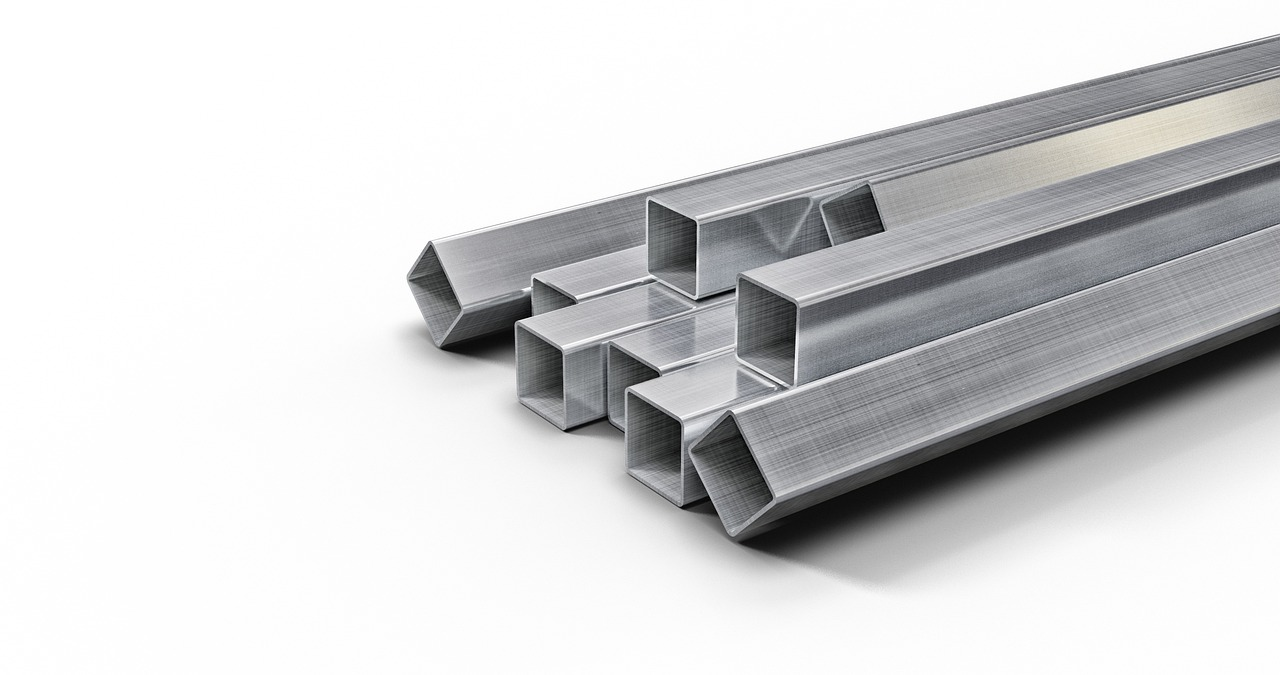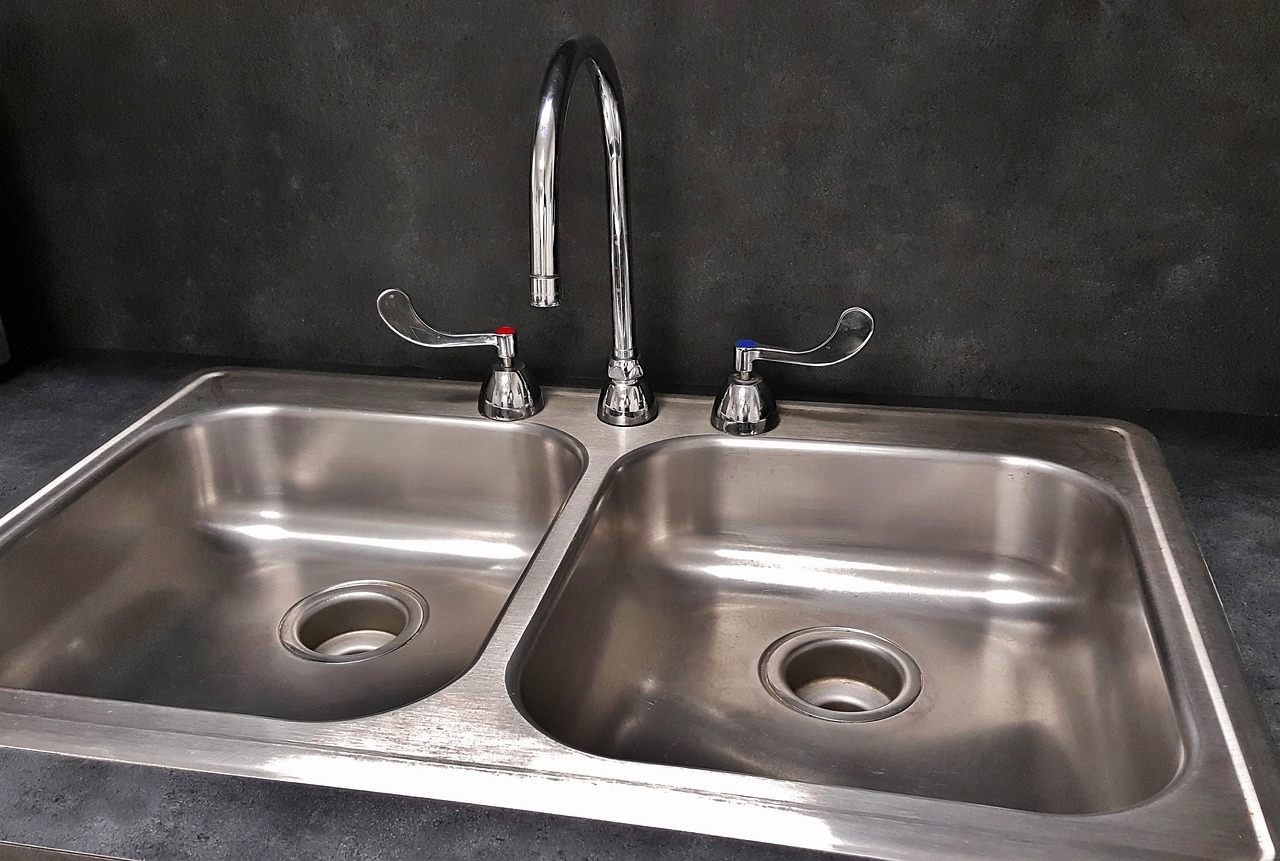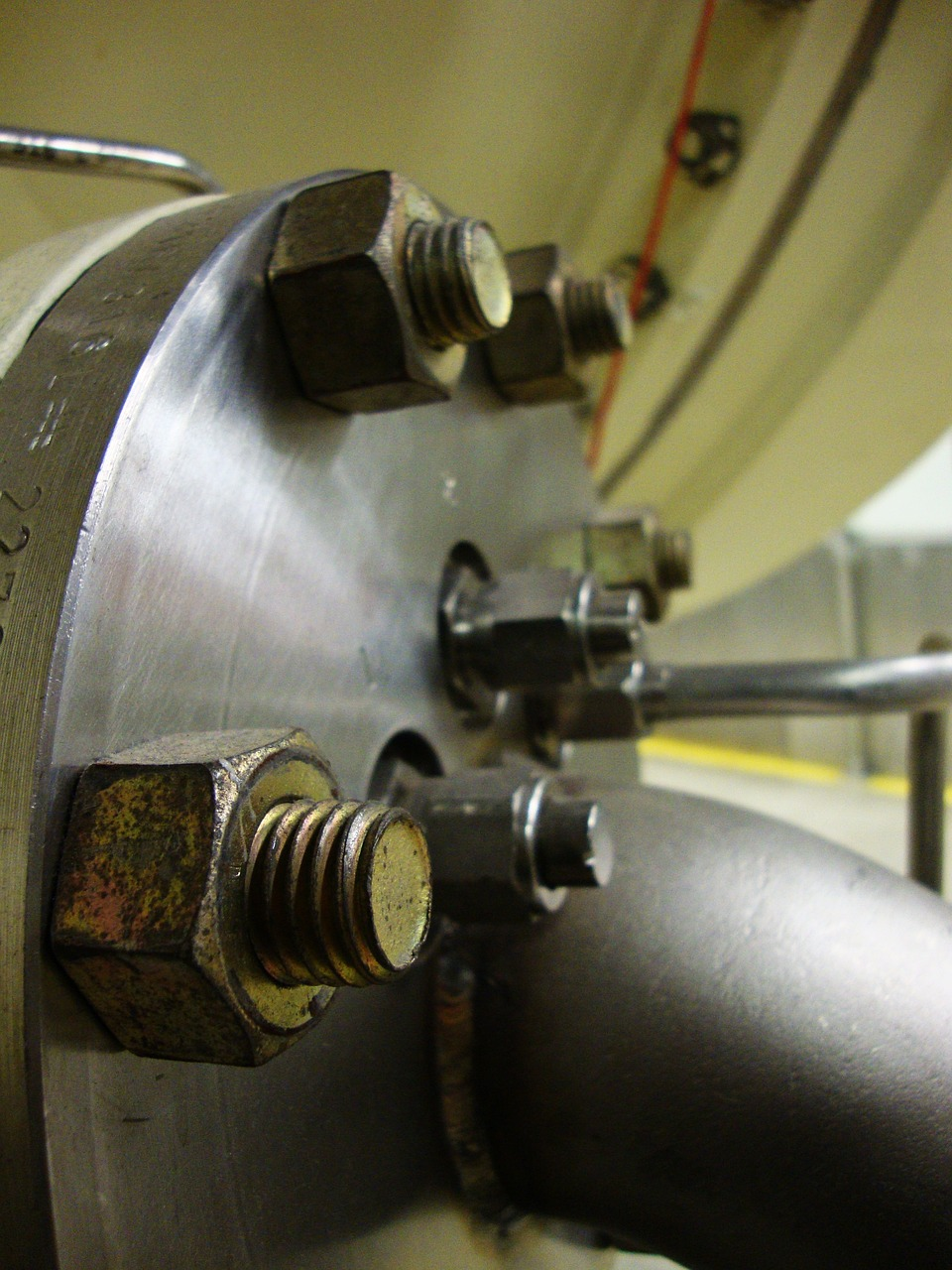When it comes to selecting stainless steel for various applications, the choice between 304 and 316 grades is crucial. These two alloys, while sharing some similarities, exhibit distinct differences that can significantly impact performance in specific environments. The primary dissimilarity lies in their composition, with 304 stainless steel being a chromium-nickel alloy and 316 incorporating molybdenum. This variance imparts unique properties to each grade, influencing factors such as corrosion resistance, durability, and cost. Understanding the disparities between 304 and 316 stainless steel is essential for informed decision-making in industries ranging from construction to manufacturing.

Stainless Steel 304 stands out as the most widely sought-after stainless steel grade globally. This austenitic variant of stainless steel contains 8 to 10.5% nickel, 18-20% chromium, along with other elements like carbon, manganese, and silicon. These components contribute to its remarkable heat resistance and corrosion resistance, rendering SS 304 suitable for diverse industrial and commercial applications.
The popularity of SS 304 is attributed to its unique properties and characteristics, making it a crucial material across various industries. Its exceptional corrosion resistance ensures functionality and aesthetic appeal in different environments. Furthermore, its machinability and weldability make it a preferred choice in CNC machining and sheet metal fabrication. The aesthetic allure of SS 304 is evident in its use for crafting parts utilized in high-rise buildings and skyscrapers, attracting widespread appreciation.
Stainless Steel 304 stands out as the most widely sought-after stainless steel grade globally. This austenitic variant of stainless steel contains 8 to 10.5% nickel, 18-20% chromium, along with other elements like carbon, manganese, and silicon. These components contribute to its remarkable heat resistance and corrosion resistance, rendering SS 304 suitable for diverse industrial and commercial applications.
The popularity of SS 304 is attributed to its unique properties and characteristics, making it a crucial material across various industries. Its exceptional corrosion resistance ensures functionality and aesthetic appeal in different environments. Furthermore, its machinability and weldability make it a preferred choice in CNC machining and sheet metal fabrication. The aesthetic allure of SS 304 is evident in its use for crafting parts utilized in high-rise buildings and skyscrapers, attracting widespread appreciation.
Stainless Steel 304 and Stainless Steel 316 are two distinct grades with notable differences in their composition and properties. Here are key distinctions between the two:
Composition:
304 Stainless Steel contains 18-20% chromium and 8-10.5% nickel, with the potential inclusion of additional elements such as carbon, manganese, and silicon. On the other hand, 316 Stainless Steel has a composition of 16-18% chromium, 10-14% nickel, and 2-3% molybdenum. Notably, 316 Stainless Steel generally possesses a slightly higher nickel content than 304.
Corrosion Resistance:
304 Stainless Steel exhibits good corrosion resistance in standard atmospheric conditions but is susceptible to corrosion in environments rich in chloride, such as coastal areas with salt exposure. In contrast, 316 Stainless Steel offers superior corrosion resistance, particularly in chloride-rich environments, making it the preferred choice for applications that involve exposure to harsh chemicals or saltwater.
Molybdenum Content:
304 Stainless Steel does not contain molybdenum, while 316 Stainless Steel includes this element, which enhances its corrosion resistance, particularly in the face of pitting and crevice corrosion.
Performance in Specific Environments:
304 Stainless Steel is suitable for mild environments and indoor applications but may corrode in aggressive settings, limiting its use in certain conditions. In contrast, 316 Stainless Steel is ideal for harsh environments, such as coastal areas, chemical processing plants, and marine structures. It exhibits resistance to corrosion even in highly demanding conditions, making it a preferred choice for applications with stringent environmental challenges.
Cost:
In summary, 304 Stainless Steel is generally more cost-effective than 316 stainless steel. The cost difference is primarily attributed to 316's higher price, stemming from the inclusion of additional alloying elements, particularly molybdenum. Although both grades provide corrosion resistance, the decision between them hinges on the specific demands of the application. 316 Stainless Steel is the preferred option when superior corrosion resistance is paramount, especially in aggressive environments, thanks to the enhancing properties of molybdenum.
Kitchen Equipment:

Stainless Steel 304 and 316 are widely utilized in diverse kitchen equipment, showcasing their favorable characteristics. Both grades play a crucial role in the fabrication of kitchen sinks, offering corrosion resistance and durability. Stainless Steel 304 is a preferred material for cookware, including pots, pans, and utensils, due to its corrosion resistance and ease of cleaning. Additionally, it finds application in cutlery production, providing strength and resistance to staining. Both 304 and 316 grades contribute to the construction of various kitchen appliances such as refrigerators, dishwashers, and ovens. Stainless Steel 304 is also employed in kitchen countertops for its hygienic properties and sleek appearance. Moreover, Stainless Steel 316, renowned for superior corrosion resistance, is often chosen for kitchen exhaust hoods, particularly in coastal areas, to resist corrosion from airborne salt and moisture.

Stainless Steel 304 and 316 play a significant role in various architectural structures, enhancing both the visual appeal and structural integrity of buildings. Common applications encompass the use of Stainless Steel 304 in handrails and balustrades, thanks to its corrosion resistance and sleek appearance. Additionally, both grades contribute to the construction of building facades, offering durability and a contemporary aesthetic. Stainless Steel 316, renowned for its enhanced corrosion resistance, is employed in structural components, especially in coastal or harsh environments. Stainless Steel 304 is favored for decorative features, such as ornamental details on buildings, and both grades are suitable for exterior cladding due to their resistance to corrosion and weathering.

Stainless Steel 304 and 316 play integral roles in a wide array of industrial equipment, capitalizing on their exceptional properties. These grades are extensively employed in the construction of storage tanks, ensuring durability and corrosion resistance. In the realm of manufacturing, particularly in industries like food processing, pharmaceuticals, and chemicals, Stainless Steel 304 and 316 are essential for crafting processing equipment, providing critical corrosion resistance and maintaining hygiene standards. Stainless Steel 316, with its heightened corrosion resistance, is a preferred choice for piping systems in aggressive chemical or corrosive environments. Additionally, both grades contribute to the fabrication of machinery components, benefiting from their strength, corrosion resistance, and ease of fabrication.
Stainless Steel 304 and 316 play a crucial role in the medical field, being integral to the manufacturing of diverse medical equipment. Stainless Steel 316, renowned for its corrosion resistance and biocompatibility, is a preferred material for the production of surgical instruments. Both grades are utilized in the manufacturing of medical implants due to their biocompatibility and resistance to corrosion within the human body.
The debate between SS304 and SS316 has persisted for quite some time, and choosing the appropriate option requires a thorough grasp of their characteristics, advantages, and uses. If you're currently in the decision-making process, this article aims to familiarize you with these criteria and guide you in making the right choice.
Opt for Fine Precision Co., Ltd for all your precision machining requirements and take advantage of our years of experience in delivering top-notch components. We work closely with our clients, using our engineering knowledge to enhance part designs for easier manufacturing. Our stringent quality control measures and inspections at every phase guarantee consistent and reliable results. Our flexible capacity can accommodate projects ranging from prototypes to full-scale production.
Fine Precision Co., Ltd is a leading provider of high-quality stainless steel casting services. With decades of experience and advanced technology, we specialize in precision machining, delivering superior surface finishes and high machining accuracy. Our stainless steel casting products are renowned for their durability and precision, making us a trusted choice for industries worldwide. Choose Fine Precision for reliable, repeatable results and faster turnarounds.